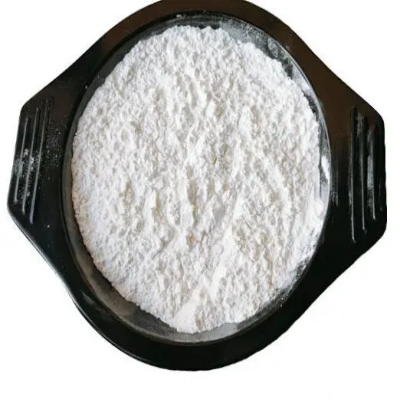Poly(allylamine hydrochloride) CAS:71550-12-4
Poly(allylamine hydrochloride) finds numerous applications across different industries due to its favorable physical and chemical properties. Some key uses include: Biomedical Applications: The polymer is utilized in drug delivery systems, gene transfection, and tissue engineering due to its biocompatibility and ability to form complexes with nucleic acids and drugs. Antimicrobial Coatings: Poly(allylamine hydrochloride) is applied in the development of antimicrobial coatings for medical devices and surfaces due to its ability to bind to negatively charged bacterial cell surfaces. Flocculants and Water Treatment: The polymer is used in water treatment processes to remove contaminants and impurities, functioning as a flocculant or coagulant aid. Papermaking: Poly(allylamine hydrochloride) is employed in papermaking processes as a retention aid and dry strength additive, enhancing the quality and properties of paper products. Adhesives and Coatings: It serves as an ingredient in adhesives, coatings, and surface modifiers due to its cationic nature and film-forming properties. Biotechnology and Research: The polymer is utilized in various research areas, such as biosensors, protein immobilization, and biotechnological processes, owing to its ability to interact with biomolecules and surfaces. Textile Industry: Poly(allylamine hydrochloride) is used in the textile industry for functional finishes, dye fixation, and as a modifier to improve the properties of textiles. Wastewater Treatment: It is applied in wastewater treatment processes as a flocculant or coagulant, aiding in the removal of suspended particles and organic matter from water. Electrochemical Devices: Due to its conductivity and electrochemical properties, the polymer is utilized in various electrochemical devices and sensor technologies. In summary, poly(allylamine hydrochloride) is a versatile cationic polymer with a wide range of applications in industries such as biomedicine, coatings, water treatment, papermaking, and textiles. Its role as a reactive, cationic polymer with binding and film-forming properties contributes to the effectiveness, quality, and functionality of various formulations and processes in diverse industrial and scientific fields.



| Composition | C3H8ClN |
| Assay | 99% |
| Appearance | white powder |
| CAS No. | 71550-12-4 |
| Packing | Small and bulk |
| Shelf Life | 2 years |
| Storage | Store in cool and dry area |
| Certification | ISO. |


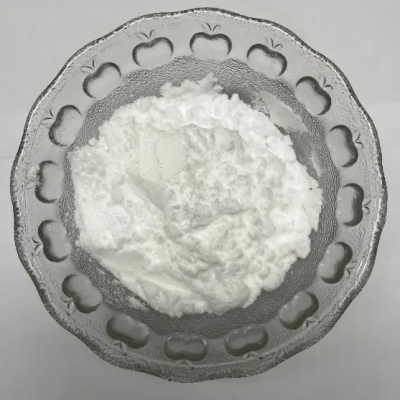
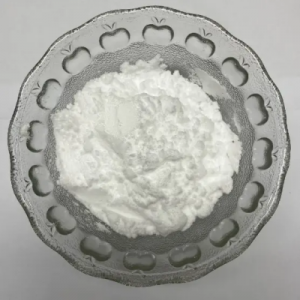
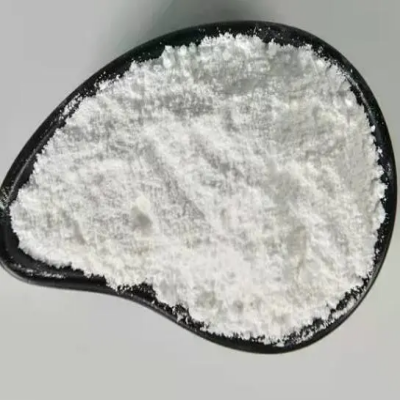
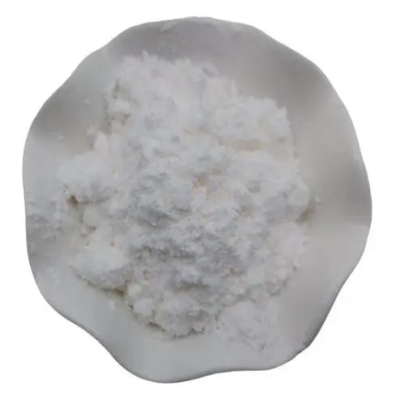
![thiazolo[5,4-d]pyrimidine-5,7(4H,6H)-dione CAS:5082-82-6](https://cdn.globalso.com/xindaobiotech/HSUS81DS80Y35NTEZTU178.png)
